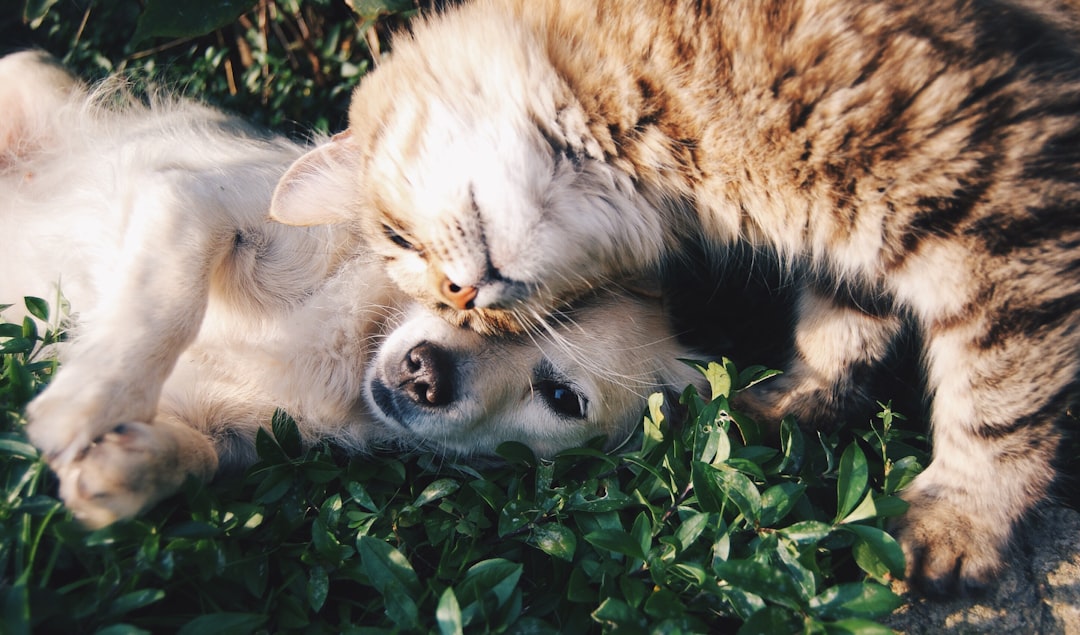The Growth Journey of Puppies: From Birth to Maturity
An informative article explaining the stages of puppy growth from birth to maturity, including tips for promoting healthy growth and addressing common concerns and issues.
Puppy Growth: A Journey from Birth to Maturity
Understanding the various stages of puppy growth is essential for pet owners to provide the appropriate care and support for their furry companions. Each stage of a puppy’s development brings unique changes and challenges, shaping their physical, cognitive, and social skills. Let’s delve deeper into the different stages of puppy growth and the factors that influence their overall development.
Neonatal Period (0-2 weeks)
During the neonatal period, which lasts from birth to around two weeks, newborn puppies are entirely reliant on their mother for care and feeding. At this stage, they exhibit limited movement, only being able to perform a slow crawl. Additionally, their senses are not fully developed, with their eyes closed and limited hearing. For example, according to the American Kennel Club, newborn puppies spend most of their time asleep and rely on their mother for nourishment and warmth.
 Transitional Period (2-4 weeks)
Transitional Period (2-4 weeks)
The transitional period, spanning from 2 to 4 weeks, marks a significant phase in a puppy’s growth. As their senses continue to develop, their eyes open, and their sight becomes well developed by around 5 weeks. This stage also involves the initiation of the weaning process from their mother, as they begin to explore their surroundings more. For instance, during this period, puppies start interacting with their littermates and mother, learning to walk, bark, and eliminate on their own.
 Socialization Period (3-12 weeks)
Socialization Period (3-12 weeks)
The socialization period, which occurs between 3 to 12 weeks, is a vital stage in a puppy’s development. It involves familiarization with their environment, forming relationships with humans, and interacting with their littermates. This stage emphasizes the importance of socializing puppies to people and exposing them to normal experiences, which contributes to their emotional well-being and adaptability. For example, during this stage, puppies start to become less fearful and more curious, laying the foundation for their future interactions with the world around them.
 Testing Period (3-6 months)
Testing Period (3-6 months)
Between 3 to 6 months, puppies enter the testing period, where they engage in boundary testing, experience teething, and may display inappropriate chewing and aggressive behaviors. This natural phase involves behaviors such as biting, nipping, and rough play. Proper training and redirection are essential to guide them through this stage. For instance, puppies may show signs of increased energy and exploration during this period, as they start to assert their independence and test their limits within their environment.
Adolescence (6-18 months)
The adolescence stage, spanning from 6 to 18 months, is characterized by hormonal changes, signs of puberty, fear periods, and rough play. It’s crucial to provide a stable routine, consistency, and positive training during this period to support their emotional and behavioral development. For example, during adolescence, puppies may exhibit heightened curiosity and a desire for increased social interactions, which are important aspects to consider while providing guidance and training.
Physical and Behavioral Changes (0-18 months)
Throughout the first 18 months, puppies undergo significant cognitive, physical, and social skill development. They also start to exhibit dominance and submissiveness traits, forming strong attachments to their owners. This period lays the foundation for their future behavior and interactions. For example, as puppies grow, they may display varying degrees of energy levels, with some breeds maturing sooner than others and exhibiting different temperaments.
Factors Influencing Puppy Growth
Several factors influence the growth and development of a puppy, including breed, genetics, and diet. It’s essential to prioritize regular check-ups and monitoring to ensure proper development and address any concerns promptly. Additionally, the size of the breed plays a significant role in their growth rate, with smaller breeds maturing sooner than larger ones. For example, the American Kennel Club highlights that energy and puppy hijinks may still be present, depending on the breed, emphasizing the importance of understanding breed-specific growth patterns [4].
Tips for Promoting Healthy Growth
Promoting healthy growth in puppies involves monitoring their weight gain, height increase, and muscle mass development. Consulting with a veterinarian for an assessment of their growth is crucial for their overall well-being. Furthermore, providing a well-balanced diet tailored to the specific needs of the puppy’s breed and size is essential for their healthy growth. For instance, ensuring the right balance of nutrients and portion control is crucial in supporting their development.
 Common Concerns and Issues
Common Concerns and Issues
Teething challenges, inappropriate chewing, and aggressive behavior are common concerns during puppy growth. Teaching inhibition and providing a stable routine, consistency, and positive training are vital in addressing these issues. It’s also important to recognize that puppies may experience fear periods at specific ages, which can impact their behavior and require careful handling to prevent potential aggression. Moreover, proper socialization, exposure to various environments, and positive reinforcement play key roles in mitigating these concerns. For example, incorporating interactive toys and engaging activities can help redirect their energy and address behavioral issues.
Conclusion
In conclusion, the journey of puppy growth encompasses various stages, each contributing to the overall development of the young canine. Understanding these stages and the associated physical and behavioral changes is crucial for pet owners to provide the necessary care, guidance, and training throughout their puppy’s growth journey. By recognizing the factors influencing growth, promoting healthy habits, and addressing common concerns, pet owners can ensure the well-being and happiness of their growing companion.


 Transitional Period (2-4 weeks)
Transitional Period (2-4 weeks) Socialization Period (3-12 weeks)
Socialization Period (3-12 weeks) Testing Period (3-6 months)
Testing Period (3-6 months) Common Concerns and Issues
Common Concerns and Issues